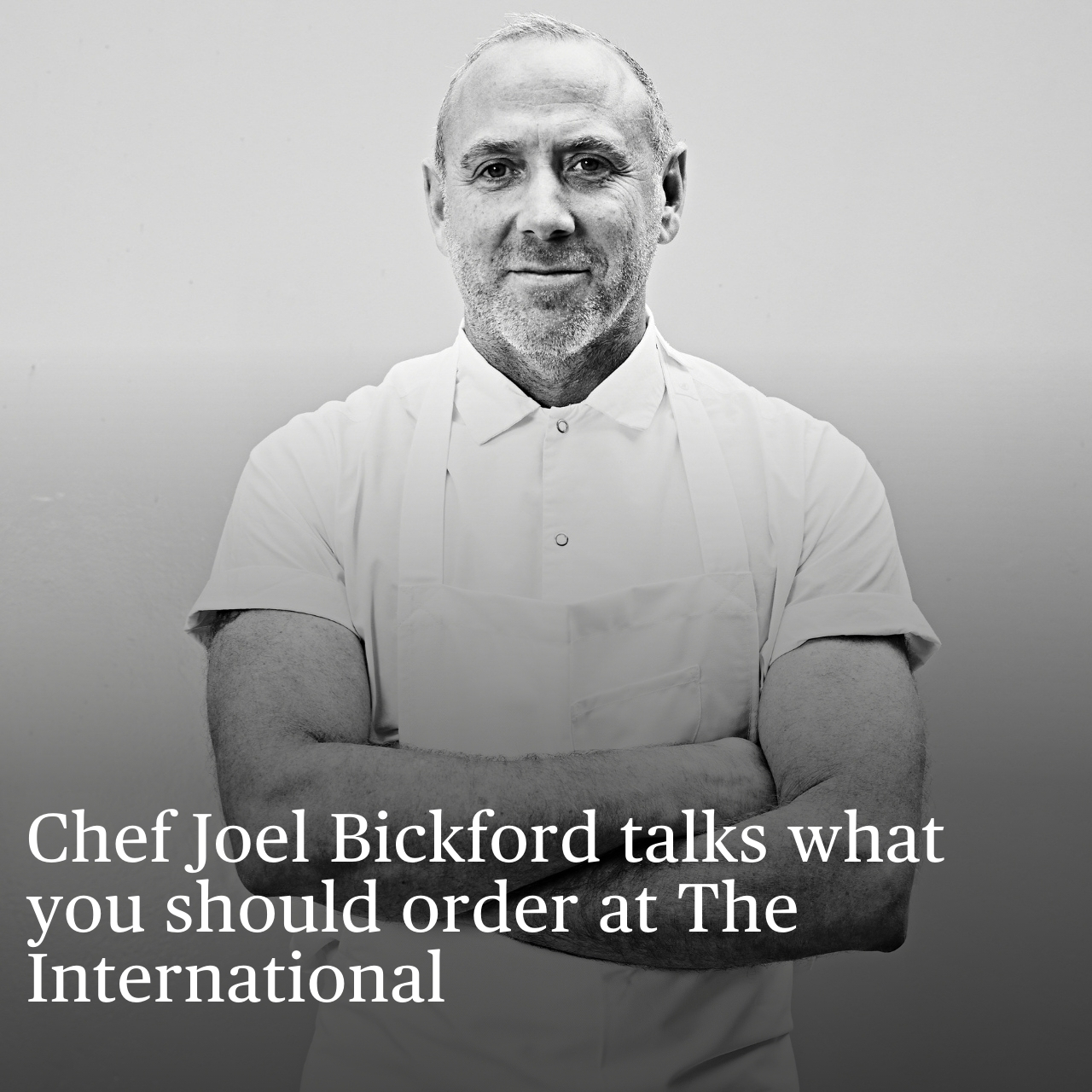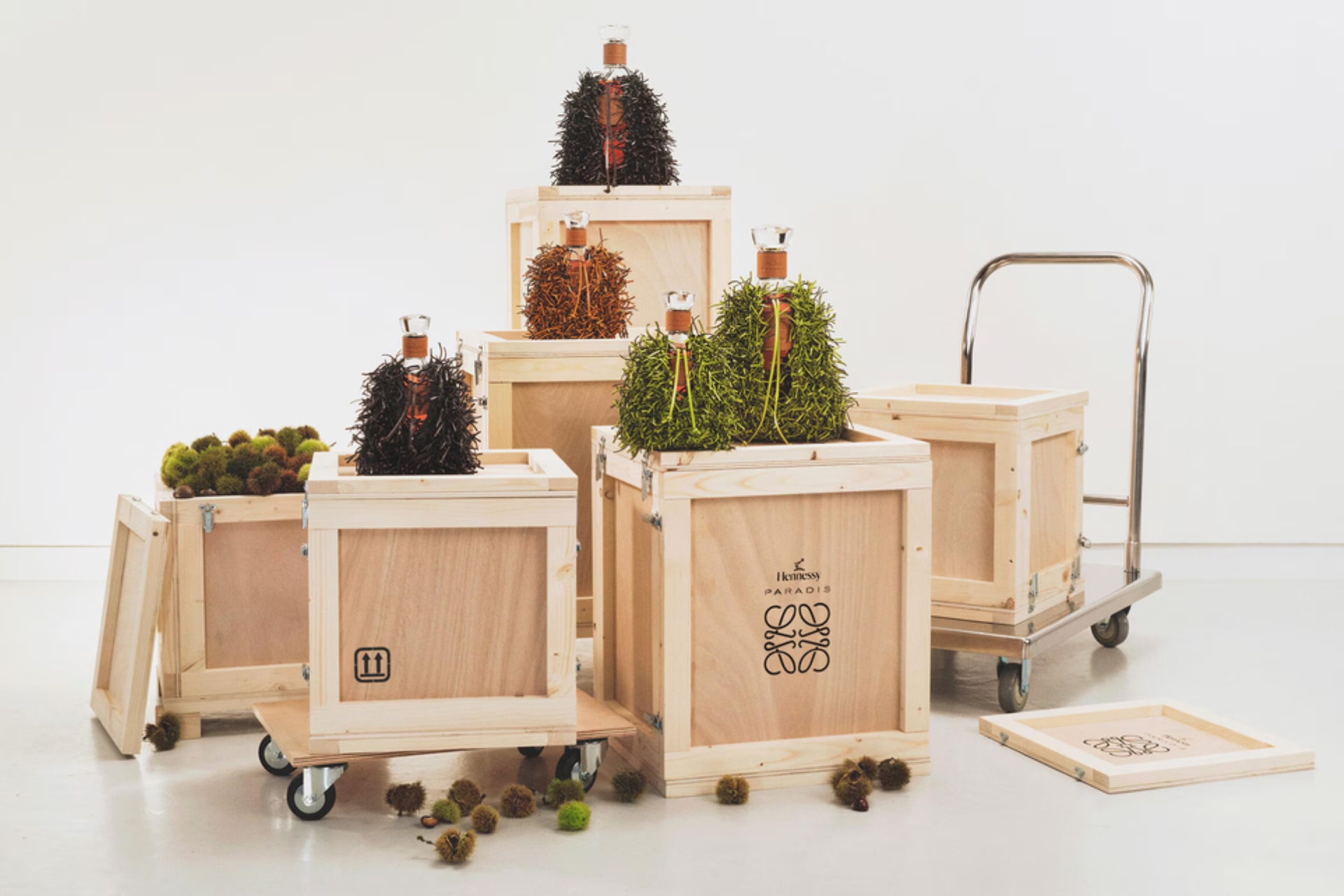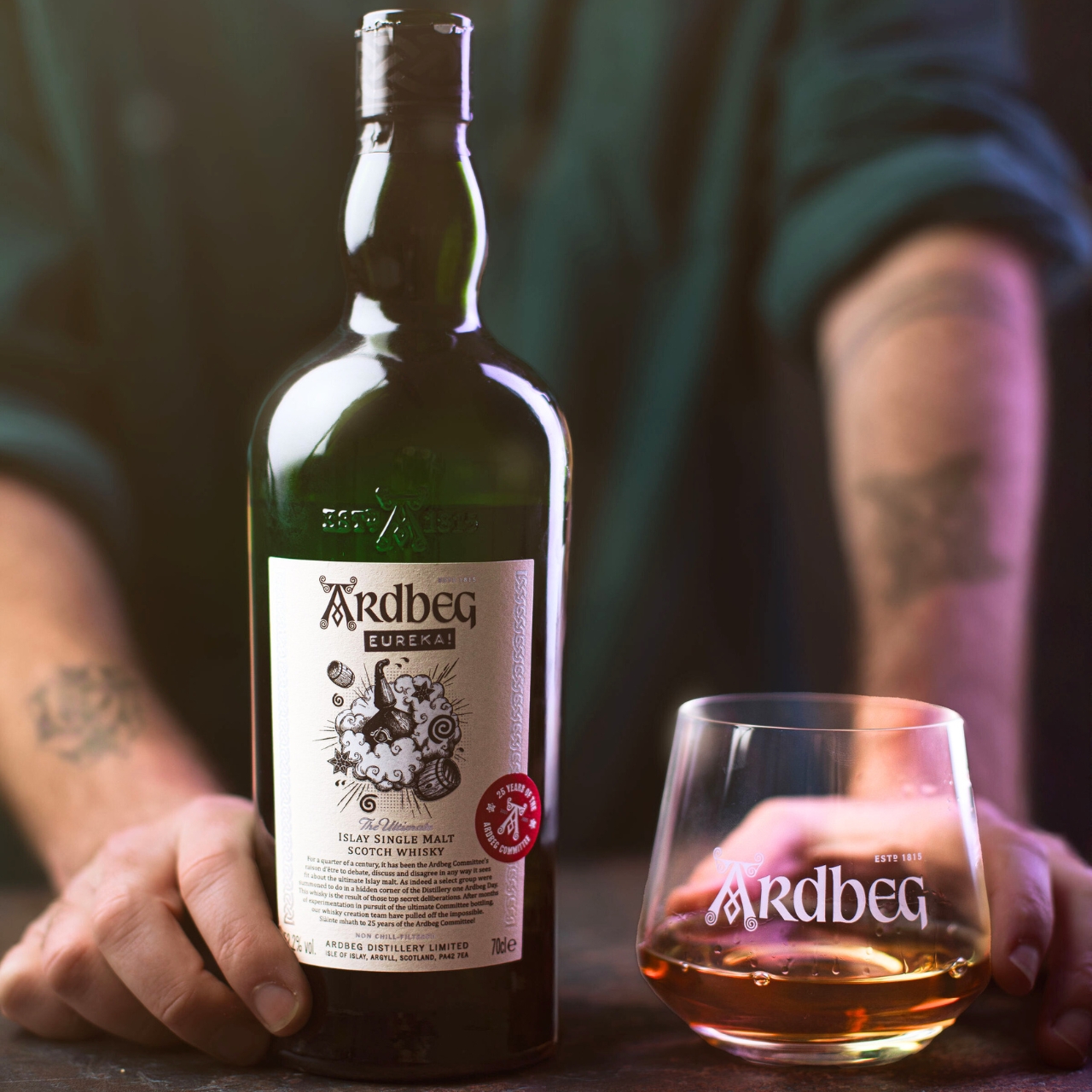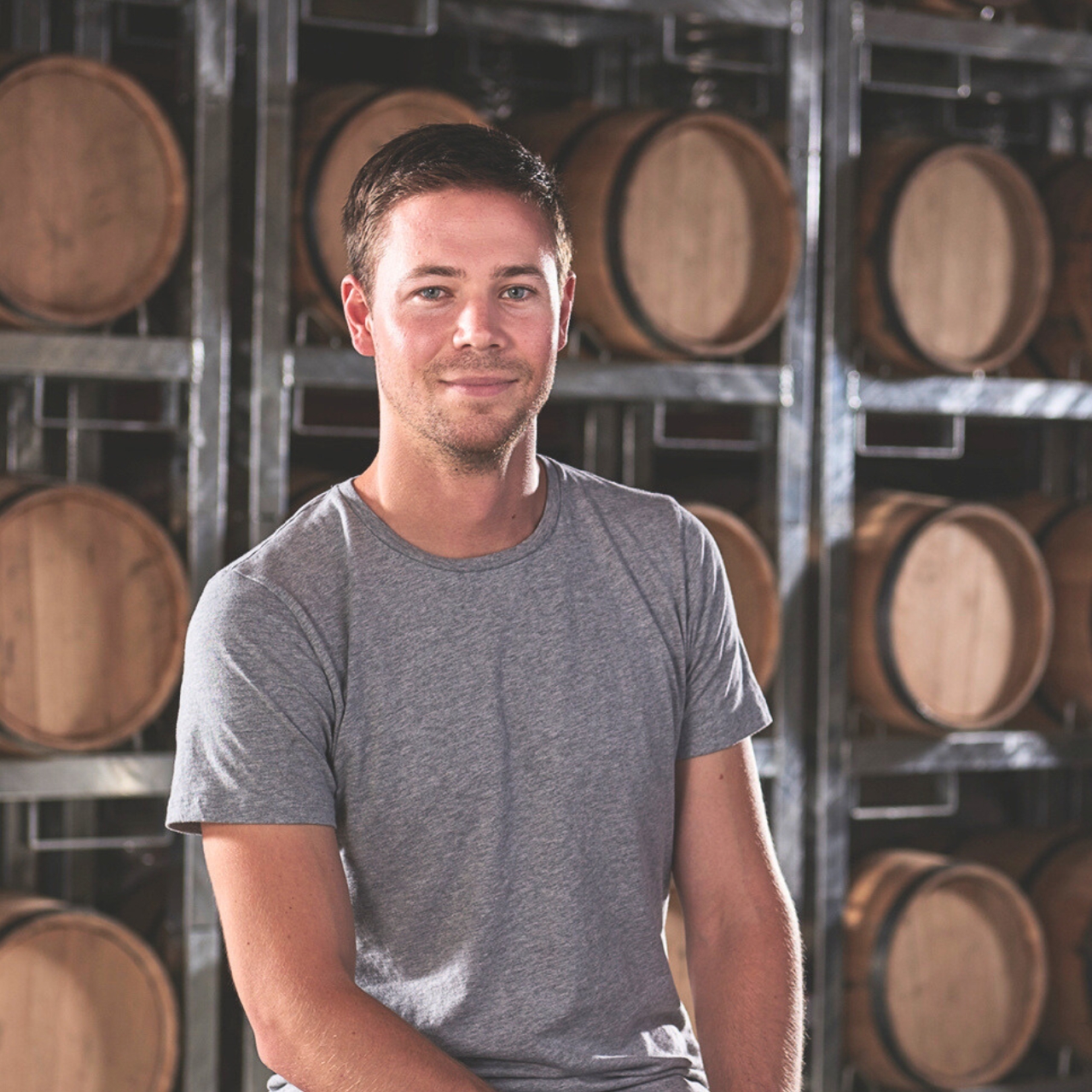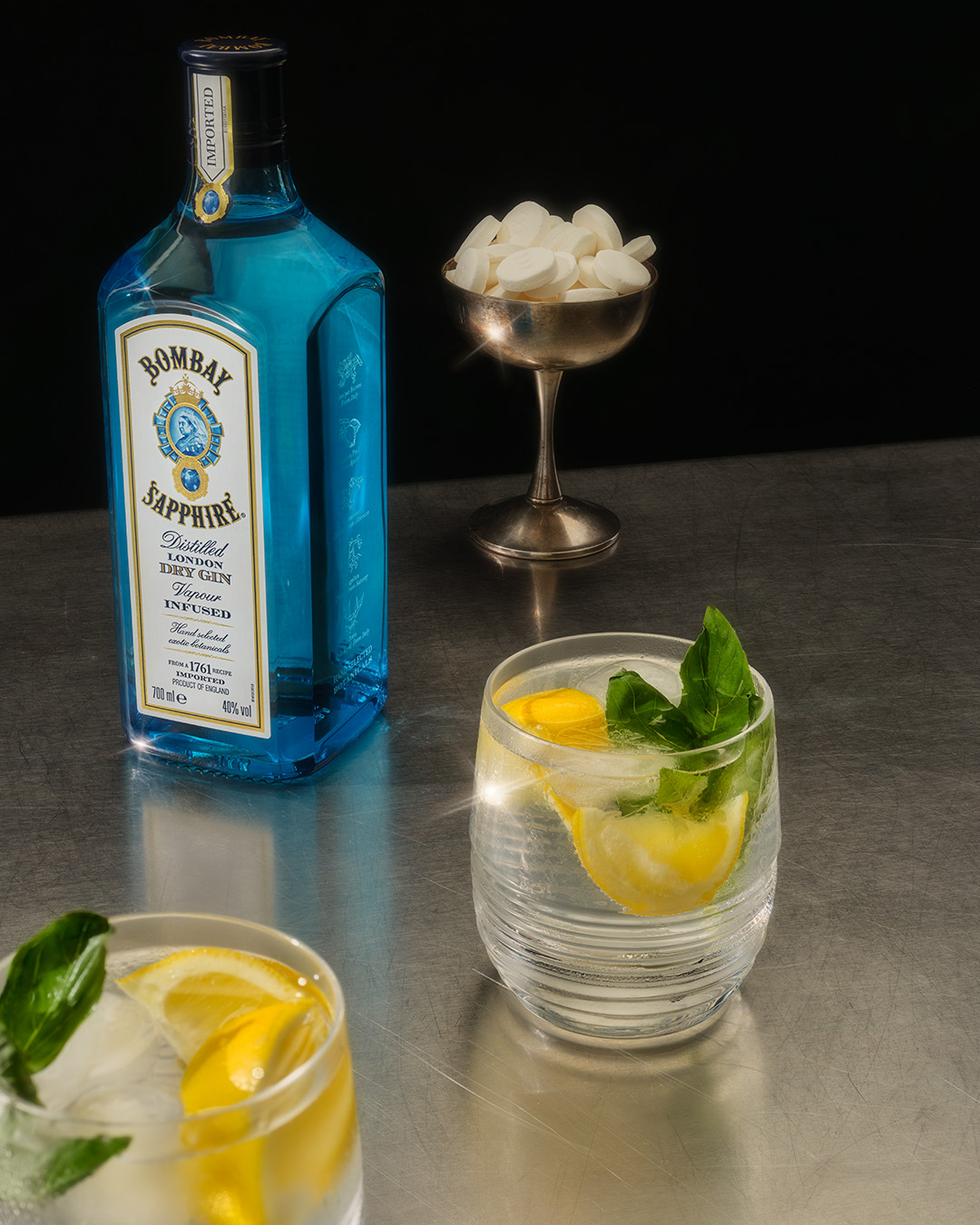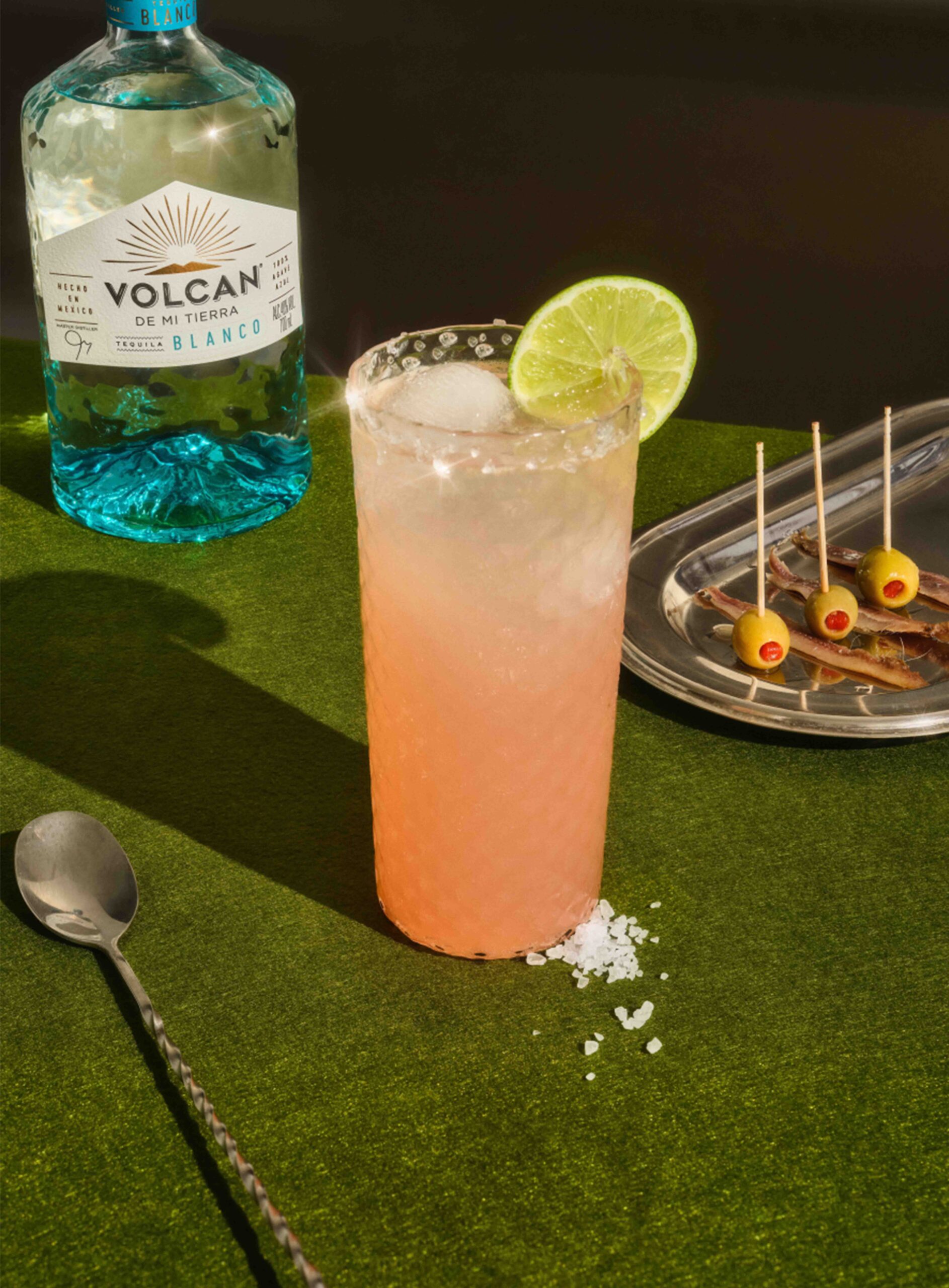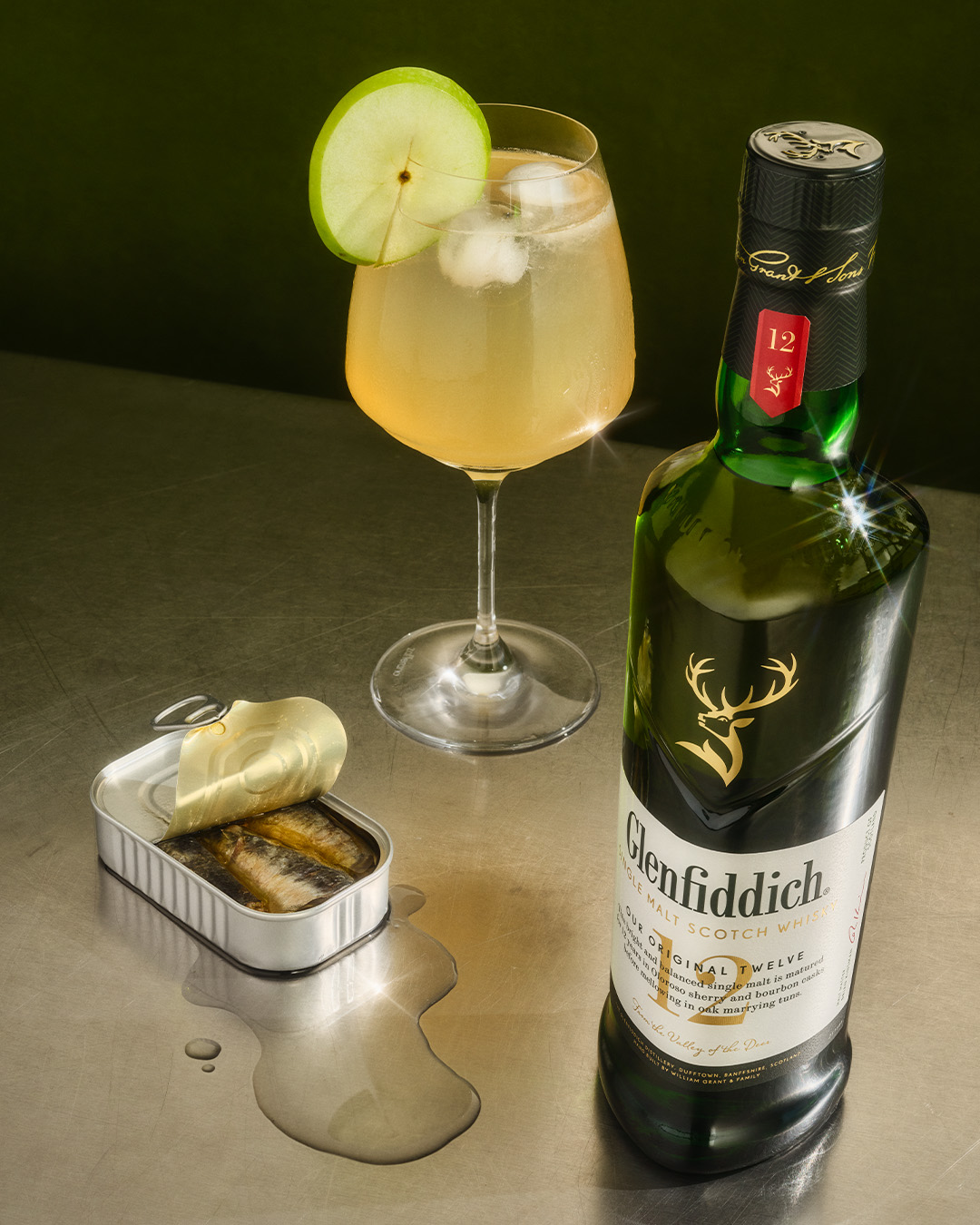Uncorked: chef David Moyle on pairing seafood with natural wine
One of Australia's most renowned restauranteurs, David Moyle chats with Esquire's wine columnist Mahmood Fazal about all things natural wine, including the best Biancammare to wash down an oyster with.

CLIFTON FADIMAN, the American intellectual and author, once famously said: “If food is the body of good living, wine is its soul.” To the hum of a four wheel drive, racing towards Byron Bay, one of Australia’s most renowned chefs David Moyle recalls the very moment this chimeric symphony of food and wine occurred to him.
“There was an unforgettable 2007 Gravner Ribolla I drank at Garagiste over the course of an entire meal,” says Moyle, reflecting on a memorable sitting at the former Tasmanian fine dining restaurant. “It was opened ice cold. I had it with raw fish and vegetables. Then with cooked fish, poultry and red meat. It sang through everything.
“I’m less likely to run through six bottles to match every course, I much prefer to have one bottle that changes throughout a meal,” he adds. Clearly, he’s still mesmerised by it. “It was alive, that was what grabbed me.”
David Moyle is celebrated for being at the helm of Longsong in Melbourne and the now-closed Franklin in Hobart. But while his food credentials are widely acknowledged, his contribution to the Australian wine world is often overlooked. Yet Moyle’s interest in wine began while he was honing his skills as a young head chef in his twenties, under Andrew McConnell at Circa, Prince of Wales in St Kilda.
“Every Monday at Circa there would be the famous ‘wine club’. Daryl Somers and James Halliday would be busting out the best bottles from their cellars, and I’d be cooking for them and drinking verticals of Domaine Romanee Conti. Bottles like La Tache from the ’70s, and I even had a Gevrey-Chambertin by Yann Durieux that really stopped me in my tracks… some of the most expensive and best wines in the world.”
Moyle laughs. “Funnily enough, that wasn’t what seduced me.” Rather, it was after moving to Tasmania that Moyle’s interest in wine took off. “I was living on a vineyard which we had together with [the restaurant] Franklin. It was Dirk Meure’s old vineyard. We had a lot of Sauvignon Blanc that I would help him manage and make.”
Ever since then, Moyle has been carrying his interest in mindful farming practices and minimal intervention winemaking through to wine lists at his own restaurants. At one of his newest endeavours, Salty Mangrove in northern New South Wales, the wines on offer compliment the straight-up simplicity of the menu.
“The menu is based on hand cut chips, two sandwiches and two salads. A couple of dips, three vegetables just marinated, all built to order. And Oysters, crabs or fish whenever it’s around. Really fucking simple.” Salty Mangrove’s offering, he explains, takes some inspiration from the simple elegance of Greek cuisine, namely “olive oil, salt, a drizzle of lemon.” This inspiration was accelerated by a particular Greek wine, Domaine de Kalathas Sainte Obéissance Vignes Centeraires, which he first drank with Campbell Burton of Public Wine Shop in Melbourne’s Fitzroy North.
“Everyone just stopped. Greek wine hasn’t [typically] been associated with that level of finesse. Campbell said it was one of the best wines he’d had in a long time.”
On the Salty Mangrove wine selection, Moyle partnered with natural wine shaman Giorgio di Maria. “I think at the moment, the wines I enjoy most with seafood are Italian wines from Sicily.” He goes on to describe three of his favourite pairings. “With local oysters, we’ve paired a Barraco Biancamare.” The Biancamare is made from grillo planted in sand dunes running alongside the Mediterranean, he explains, a slightly oxidative fruit-forward offering that settles the oysters sea-spray. “We also serve pipi’s with Criante Catarratto,” he adds. The Cattarratto is from the Segesta Valley, one of the most important archaeological sites in Sicily, lending to a rich bouquet of stone fruits that’s underscored with racy acid.
When describing the final dish, Moyles becomes the most animated. “Mussels with Caravaglio Palmento Rosé,” he announces. The Rosé is made from Carinto Nero grapes, from a traditional method using stone basins native to the Aeolian Islands, he explains.
“Salty Mangrove is my base, it feels like the bayou. I’m really into it. Sweaty and swampy, in between the ocean and the mangroves. So we just lean into it,” he says of his Northern Rivers outpost. And while working at Circa certainly introduced him to the world of fine wines, it was the Italian producer Gravner, Moyle confirms, that ignited his love for skin contact wines. “I remember drinking a sauvignon blanc from the Loire Valley, it was Etienne et Claude Courtois Les Cailloux du Paradis Or’ Norm. It had skin contact but it was just the most elegant thing I’d ever drunk.”
At home, Moyle has been keeping things more local. “Joshua Cooper’s wines knock me on my ass. I had a three year old bottle of his Spring wine with a ragù which was insane. And the other night, we had a bottle of the Commune of Buttons Ancestrale with Baja Spanish mackerel tacos.”
His advice? When it comes to pairing wines with seafood, don’t overcomplicate it. And don’t be tempted to match a new wine with every course. Just like that 2007 Gravner Ribolla, the most elegant drops will dance their way through any meal.
Mahmood Fazal is a Walkley award-winning investigative reporter. On the outskirts of his crime writing, Mahmood is currently compiling a book about wine. It is an extension of his Instagram page semiautomaticwine — where he experiments with journalism, automatic writing and poetry to demonstrate the meaning of his favourite wines.
Related:
Uncorked: The Chardonnay from small-town Victoria that no critic can fault








